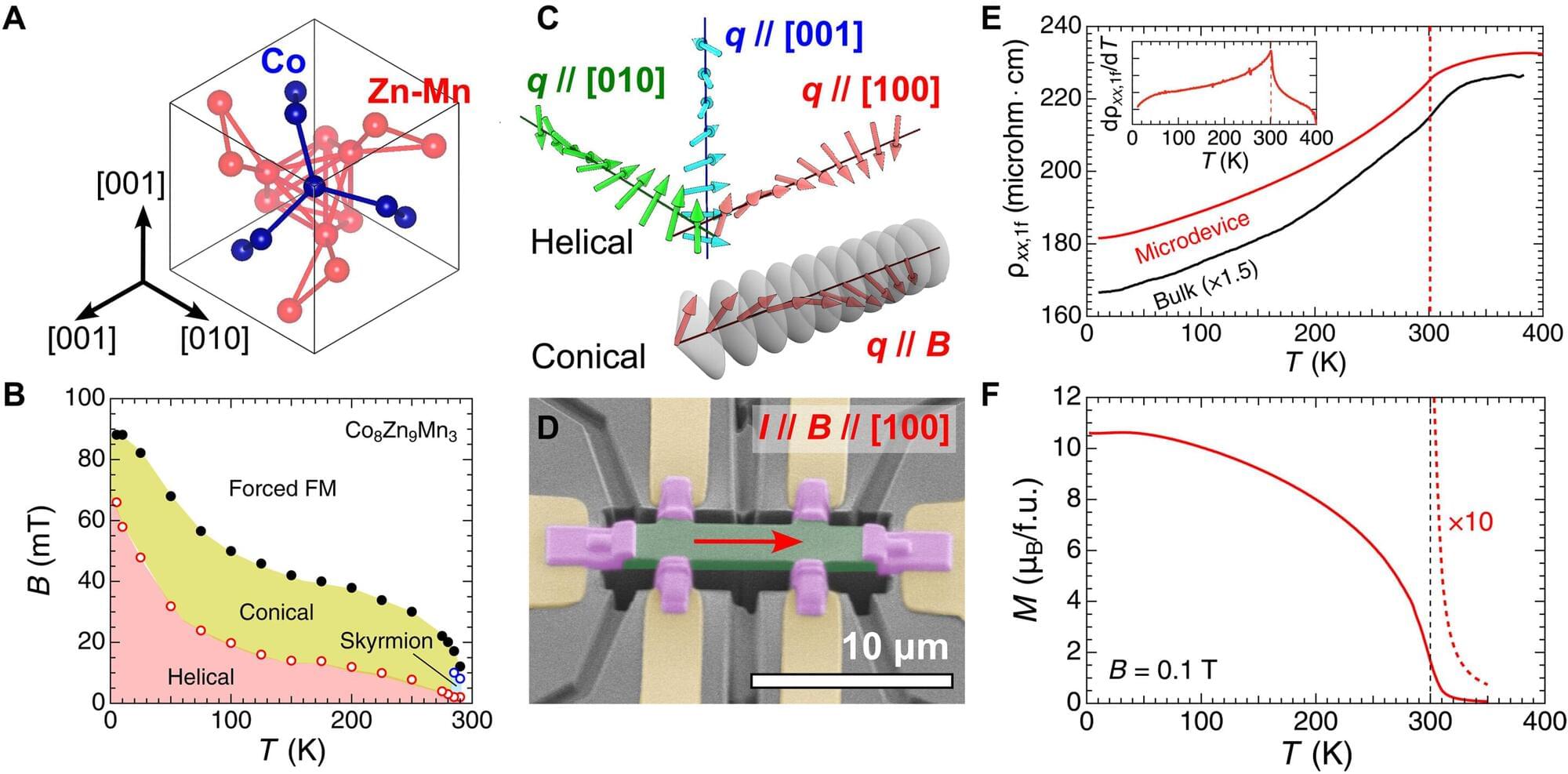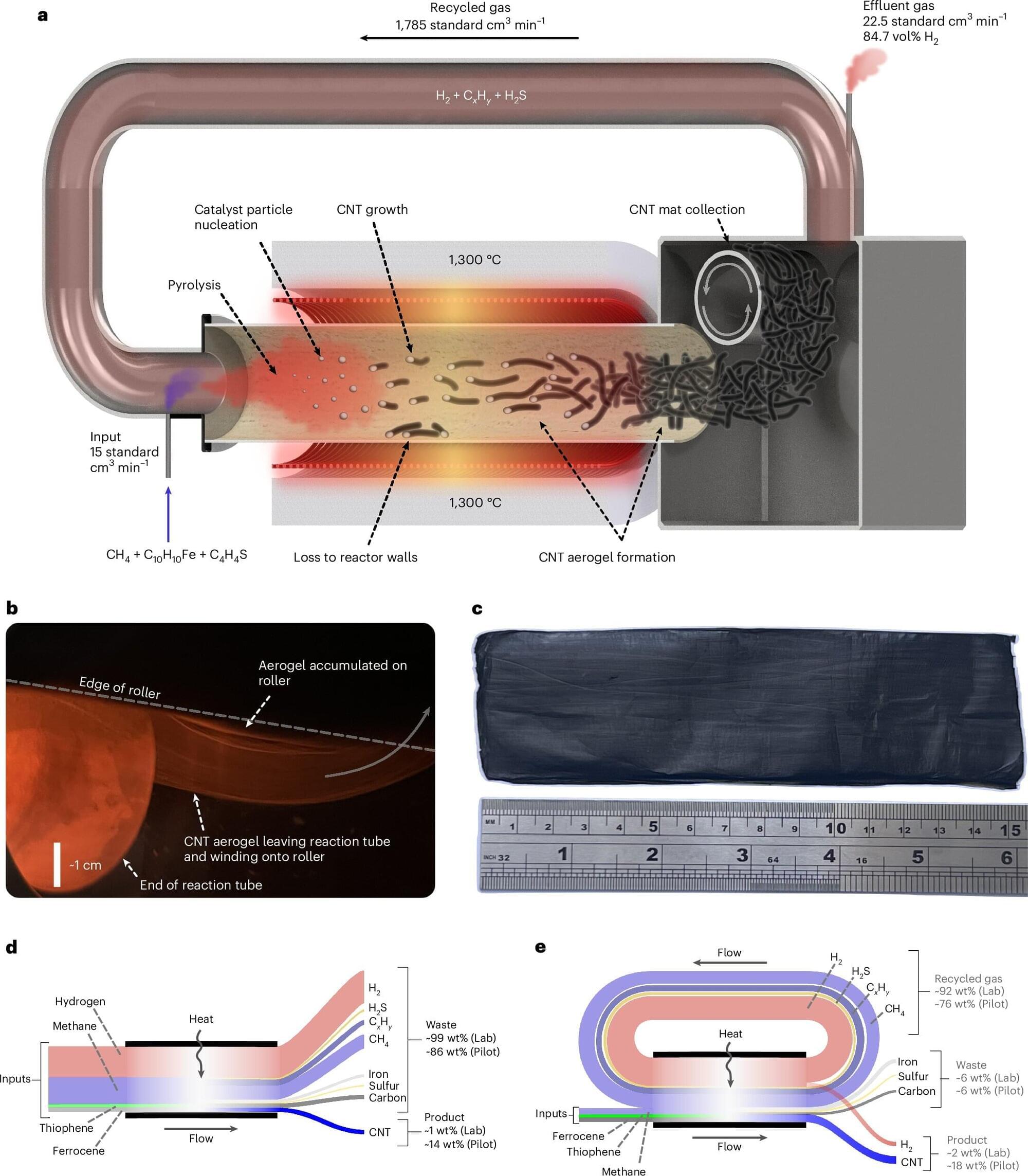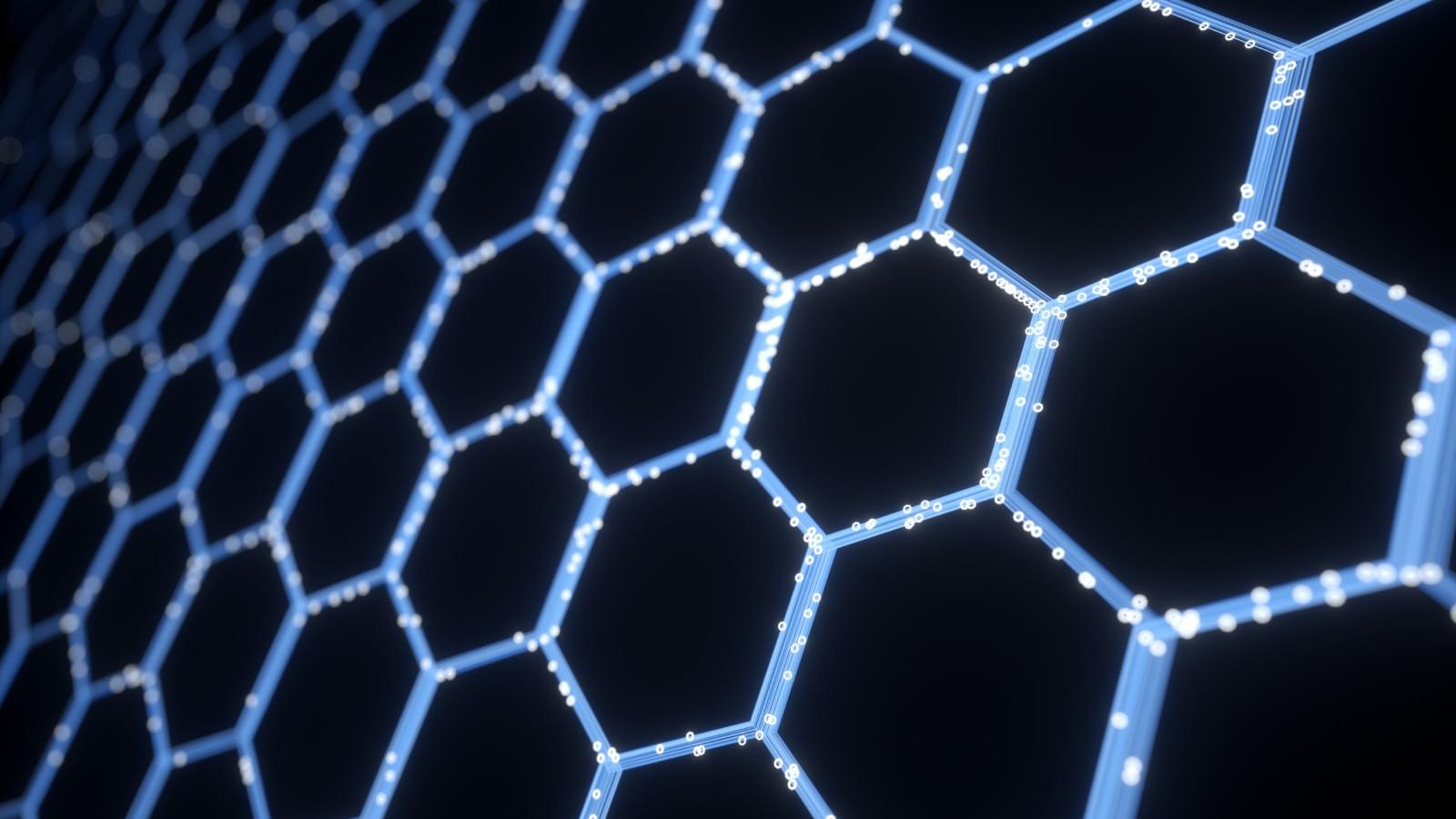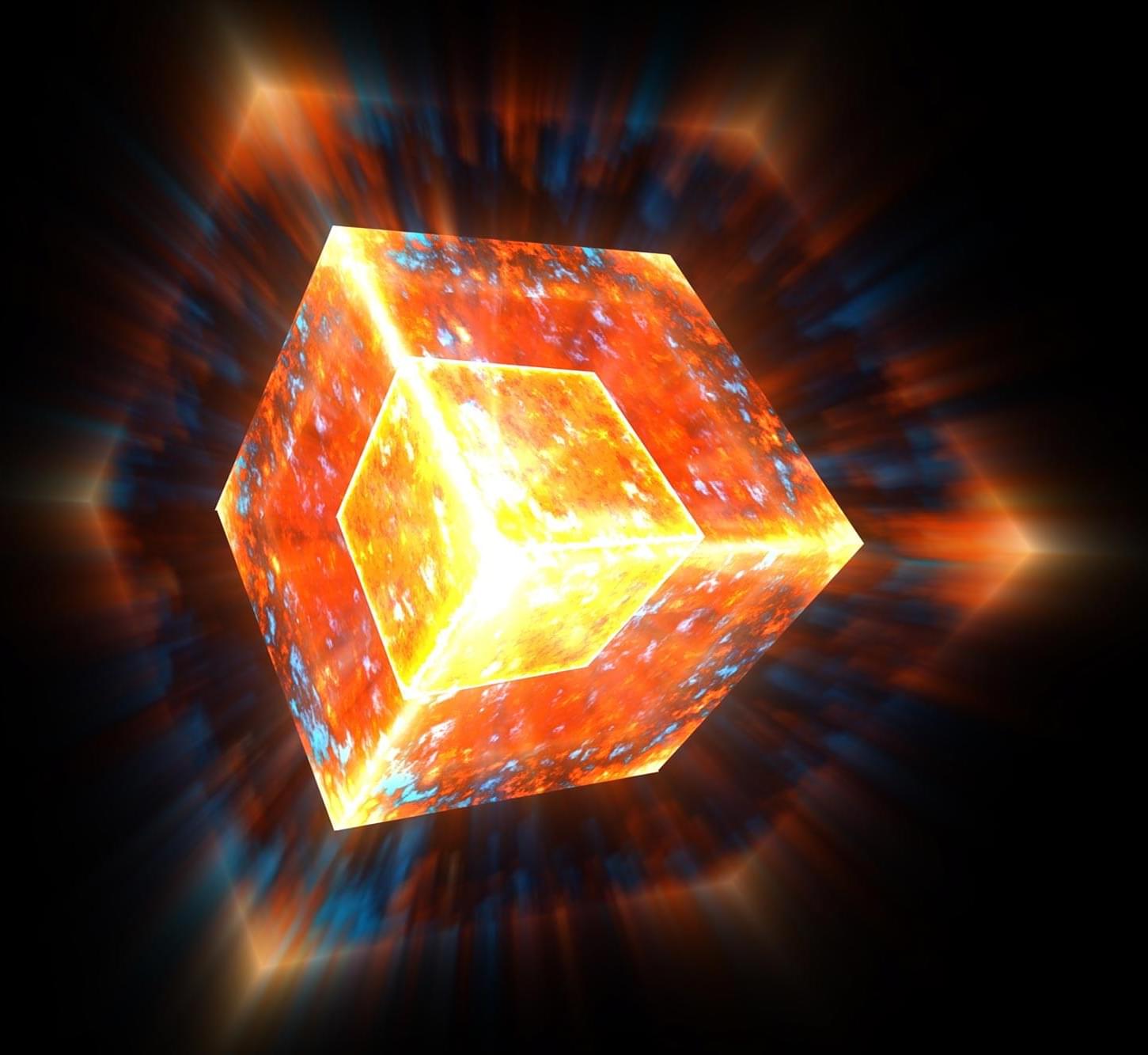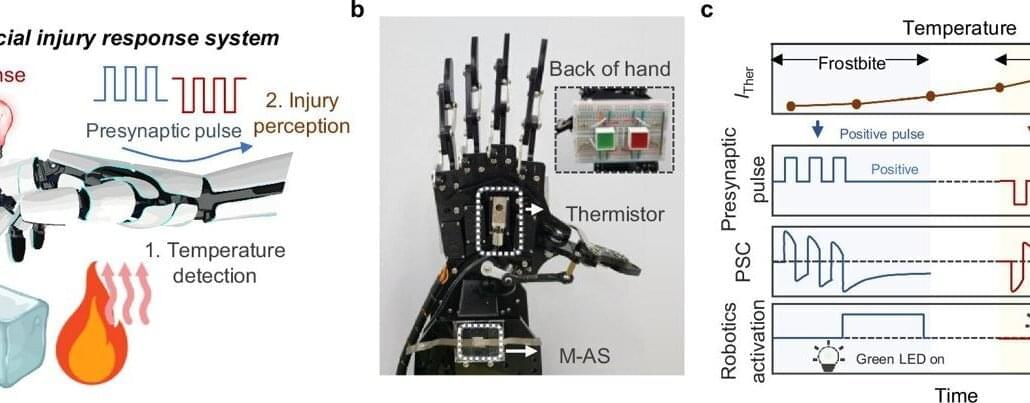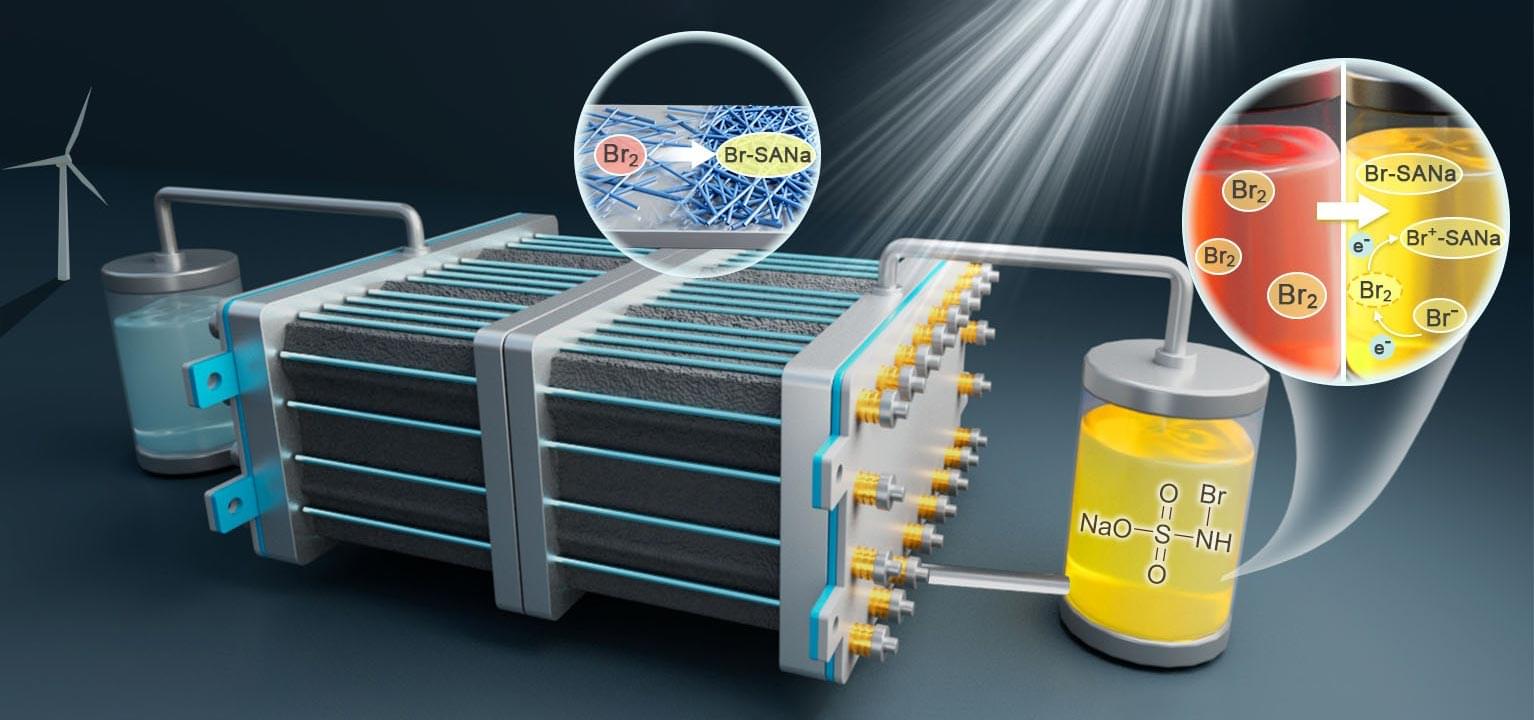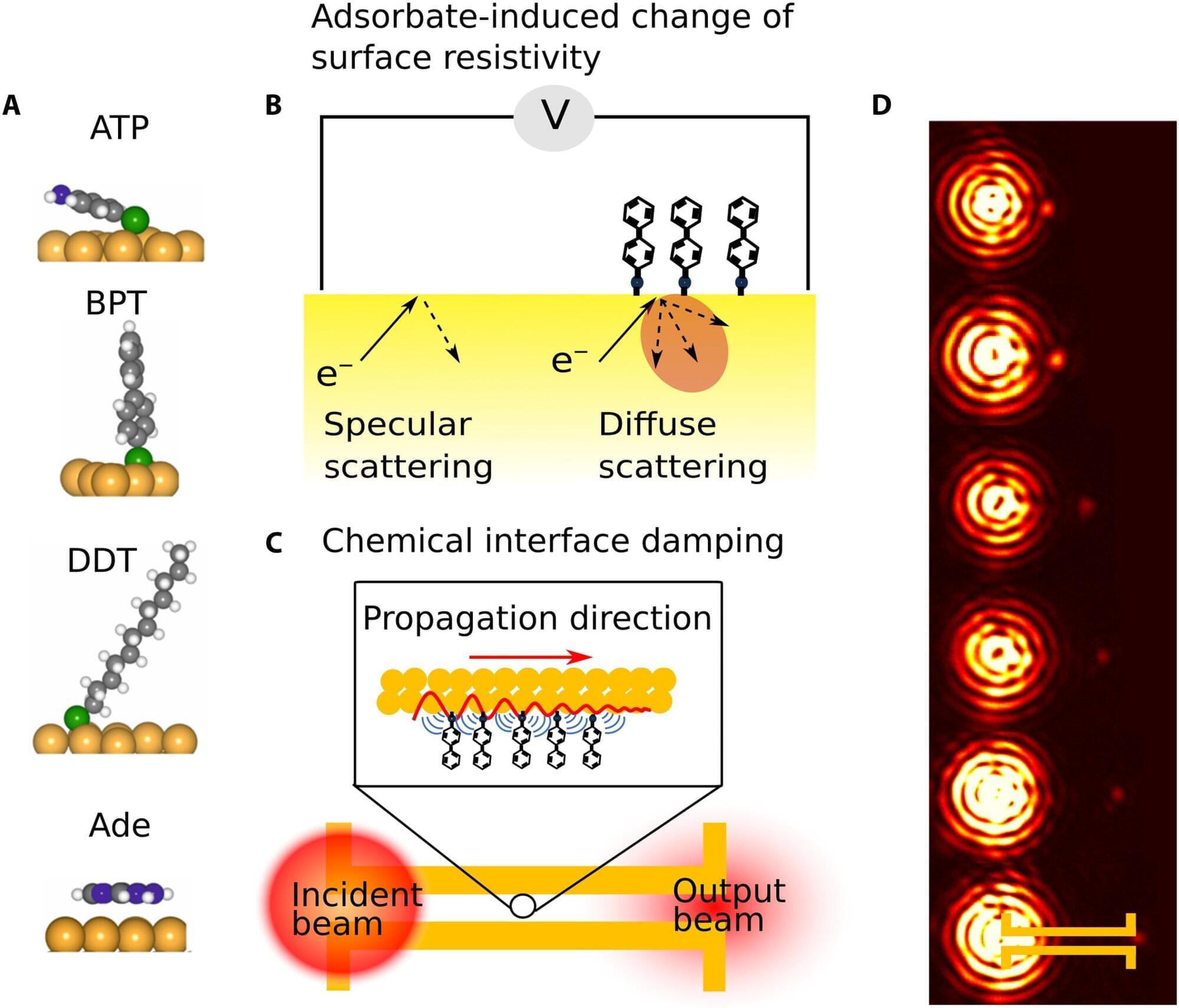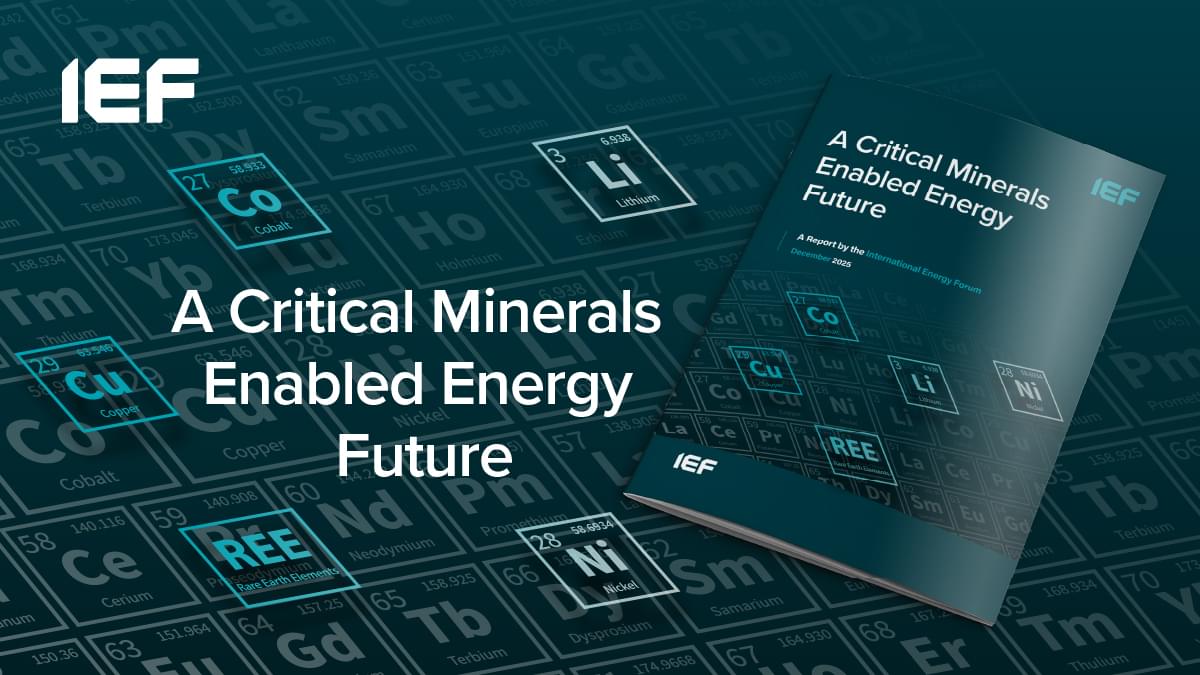RIKEN physicists have discovered for the first time why the magnitude of the electron flow depends on direction in a special kind of magnet. This finding could help to realize future low-energy devices.
The work is published in the journal Science Advances.
In a normal magnet, all the spins of electrons point in the same direction. In a special class of magnets known as chiral magnets, the electron spins resemble a spiral staircase, having a helical organization.
